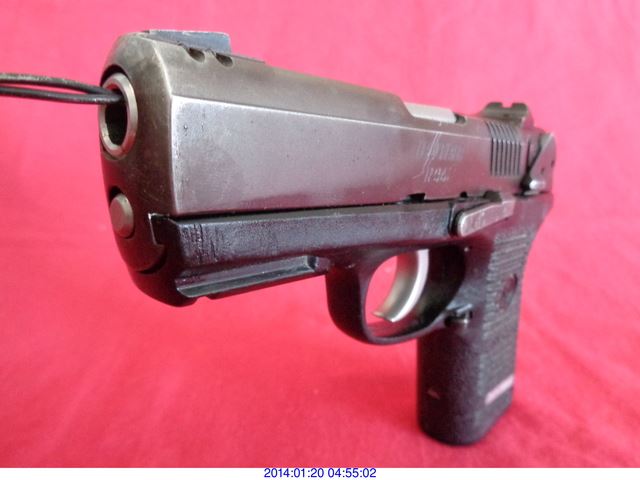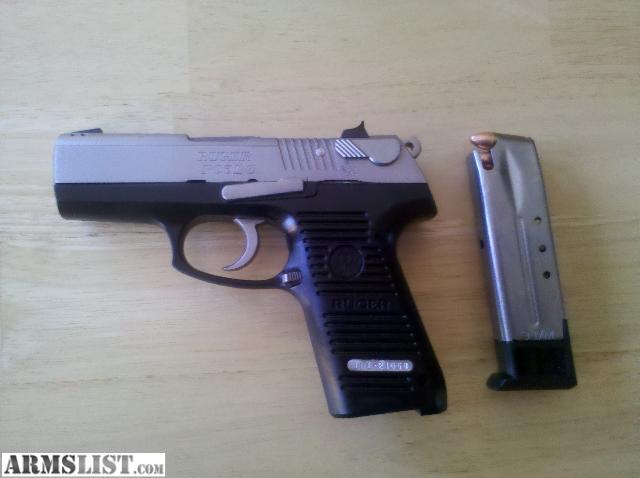

In this condition you are protected from an accidental discharge (and possible radical decocking if you are so equipped and favor appendix carry) by the long, roughly 8-10 pound double-action trigger. You can always flip the safety up and carry the gun decocked with the safety off. You see, depressing the decocker also puts the gun on safe. That is unless you forget to take the safety off, in which case you are left fanning empty space as the trigger moves with no resistance at all until it reaches the trigger guard, a feeling not unlike putting your foot on your car’s brake and having it go straight to the floor. With the Walther-style decocker, you push the lever down, which safely drops the hammer and lets you carry the gun with a round in the chamber, ready for that first double action shot. Decocking is a stretch, but doable and, fortunately, you never need to decock a pistol under stress. Unless you have giant hands, slide-mounted decockers are hard to reach. The decocker/safety is the P95’s Achilles’ heel. Where the classic SIGs carry a frame-mounted decocker, the P-95 has a Walther-style slide-mounted decocker. If the SIG analogy was working for you at the front of the gun, it ends when you cast your eyes on the other end of the slide. 45, was reasonably good looking, but Ruger killed it when the SR-45 was launched, so its slightly more exciting appearance seems not to have lit up its sales numbers.

The poor P-series pistols just lacked style. If the P-series never took off, it’s in no small part because of their looks. With the rail, the front of the pistol is a bit more squared off and, if you squint your eyes just right, it might remind you fleetingly of a SIG. Without the rail the P-series pistols have an odd tapered dustcover that gives them a B-movie ray gun look. No matter how you feel about rails, though, on the P95 it serves an important function… it makes the gun less ugly. I prefer to hold flashlights away from my body and I like being able to buy off-the-rack holsters, so I can’t really think of anything to do with a rail. Personally I don’t have much use for rails on pistols. Starting in 2005 the P95 got a picatinny rail. The right side decocker is present, but only just. The mag release position is just right, easy enough for even smaller handed shooters to reach. While the magazine releases are identical, the right side decocker is only a sliver of sheet metal that looks like a bit of an afterthought. It’s a double-stack 9mm and shipped with two 15 or 10-round magazines depending upon the year and the political geography of the market for which they were bound. Most have a slide-mounted decocker/safety, though some were offered with a decocker only.
#Ruger p95 serial number series#
The Ruger P95, which was introduced in 1996, lost about a half inch of barrel and was the first in the series to feature a polymer frame mated to a blued or stainless slide. Like most Ruger firearms of the era, earlier P-series pistols, which date back the mid-eighties, were steel- or aluminum-framed, DA/SA, and were offered in the usual range of calibers 9mm.


 0 kommentar(er)
0 kommentar(er)
